This section draws from the summary report of the virtual training “Navigating Climate Justice” conducted by The Climate Reality Project Europe, aimed at identifying systemic inequalities within the climate sphere and demonstrating the ability of impacted communities to be agents of change(*).
(*) The sections below were created and published by The Climate Reality Project Europe – Written by Climate Reality Leaders Europe – Creative Commons: Attribution-NonCommercial CC BY-NC. Special thanks go to The Climate Reality Project Europe, Climate Reality Leaders Bradlie Martz-Sigala, Cécilia Raza, Paola Villavicencio, Spela Bandelj, and all of those involved.
Theory and practice of climate justice
Climate justice is an intersectional way of looking at the impacts of climate change and the impacts of climate policies. It includes gender, race, ethnicity, health status, economic status, and other socio-demographic pillars that define people’s security and coping mechanisms in the context of climate change and climate action.
Climate justice is both a historical and a future notion: it takes into account historical events that oftentimes stem from colonization and imperialism and highlights how marginalized communities will be disproportionately affected by climate impacts now and in the future. It also encompasses social justice, acknowledging that the price of essential climate action should not be paid by countries that have not historically contributed to the crisis but are suffering most from its impacts.
As a form of environmental justice, climate justice is the fair treatment of all people and freedom from discrimination in the creation of policies and projects that address climate change.
Academics have defined climate justice as a concept that “[…] links human rights and development to achieve a human-centered approach, safeguarding the rights of the most vulnerable people and sharing the burdens and benefits of climate change and its impacts equitably and fairly.”
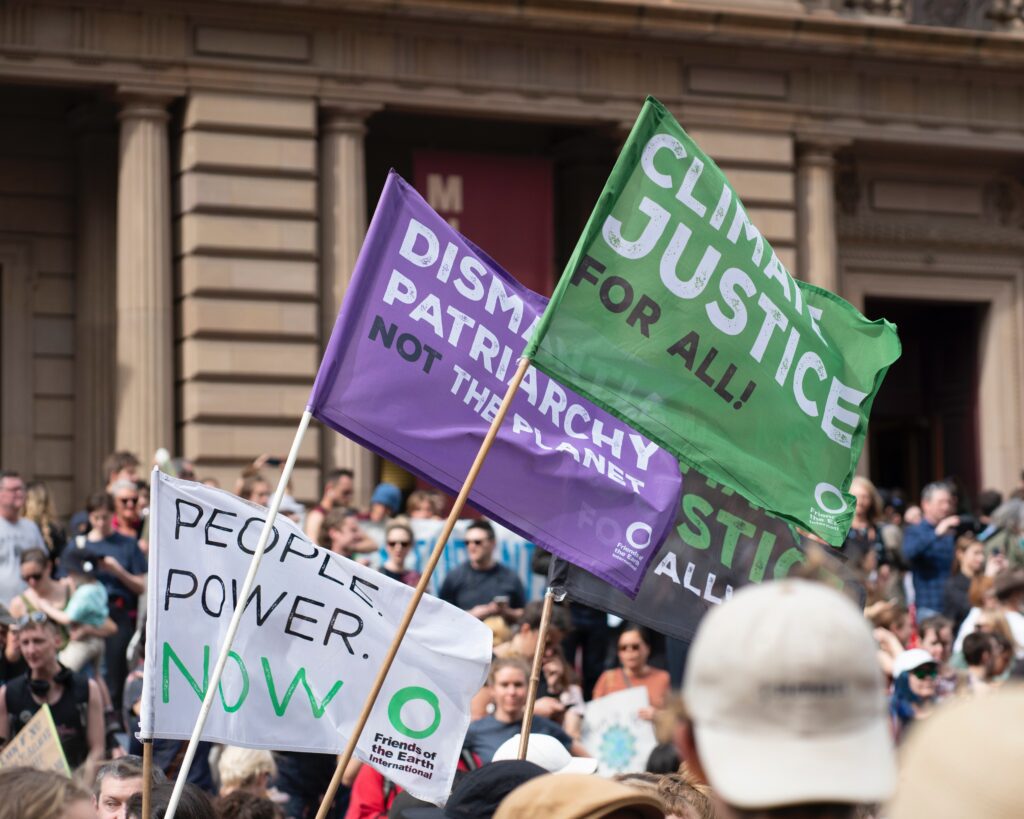
Justice means recognizing that vulnerable groups typically contribute the least to climate change but are paying the highest price for the greenhouse gas emissions of developed countries.
It also means recognizing that those most affected by climate change are also likely to be exposed to other forms of injustice while having the fewest resources to tackle them.
Justice means acknowledging that climate change amplifies the gap between those who have resources and those who do not.
Climate justice in practice means that support is available to the vulnerable, and financial assistance is given to the underprivileged.
The most affected communities
In principle, climate change affects all people and other non-human beings on the planet. More frequent and intense weather events amplify existing challenges: e.g., disaster risks and damage to infrastructures, impacts on health and livelihoods, access to food and water, conflicts, and migration. However, not everyone is affected in the same way.
The worst impacted are the most vulnerable, especially developing countries & frontline communities with limited capabilities to adapt and respond to these events. Therefore, when taking climate action (mitigation & adaptation measures, unlock capital), it is critical to take into account the needs of the poor and most vulnerable groups to ensure a just transition. And vulnerable groups, who bear the least responsibility for the climate crisis, are affected differently.
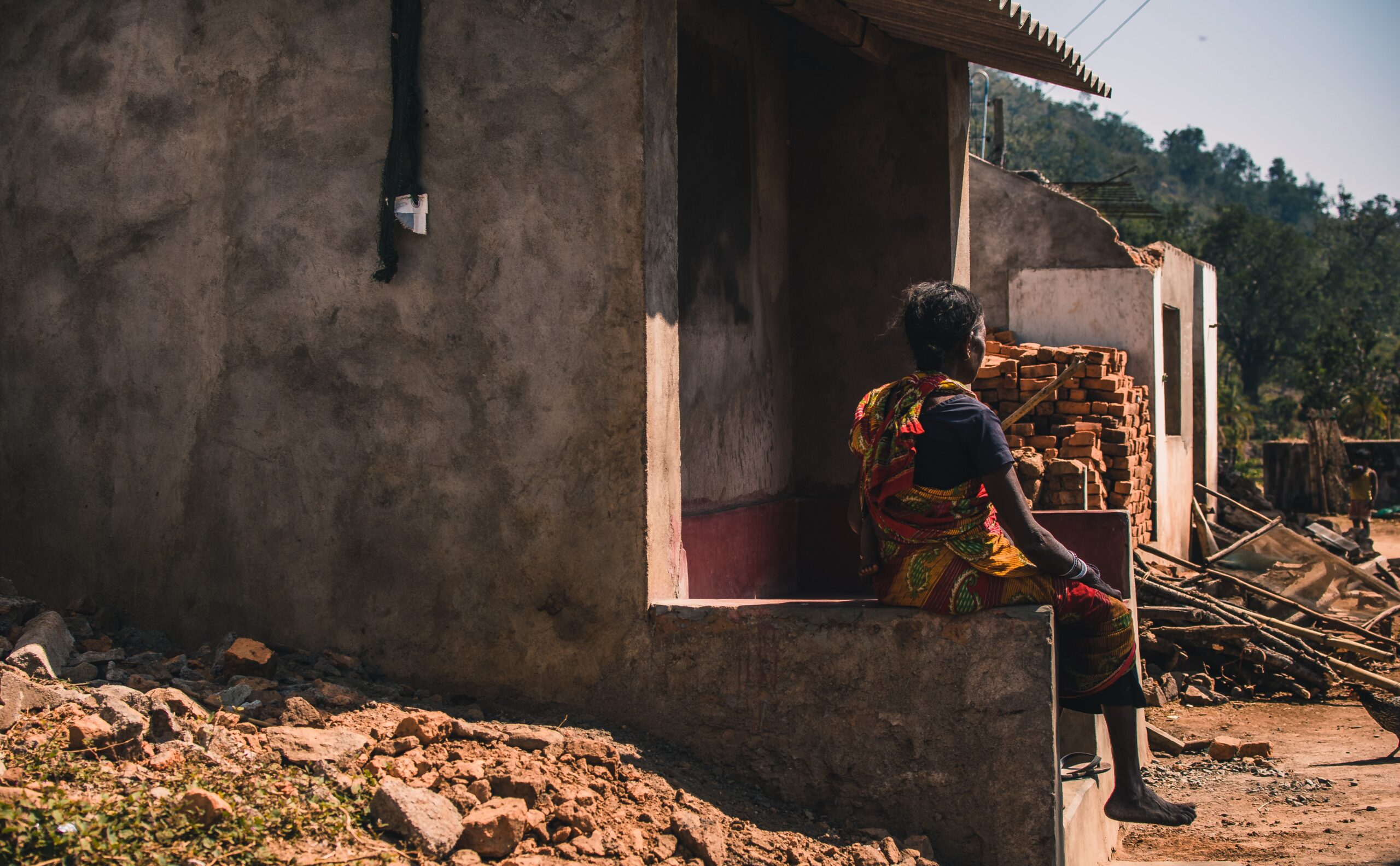
Poor and low-income individuals/communities
They are already politically, socially, and economically marginalized and live in the most fragile and high-risk areas as well as in poorly built homes with low-quality infrastructure, often without even essential services. These communities are ill-equipped to handle climate change impacts and do not have sufficient resources to recover their losses or to pay for health care.
.
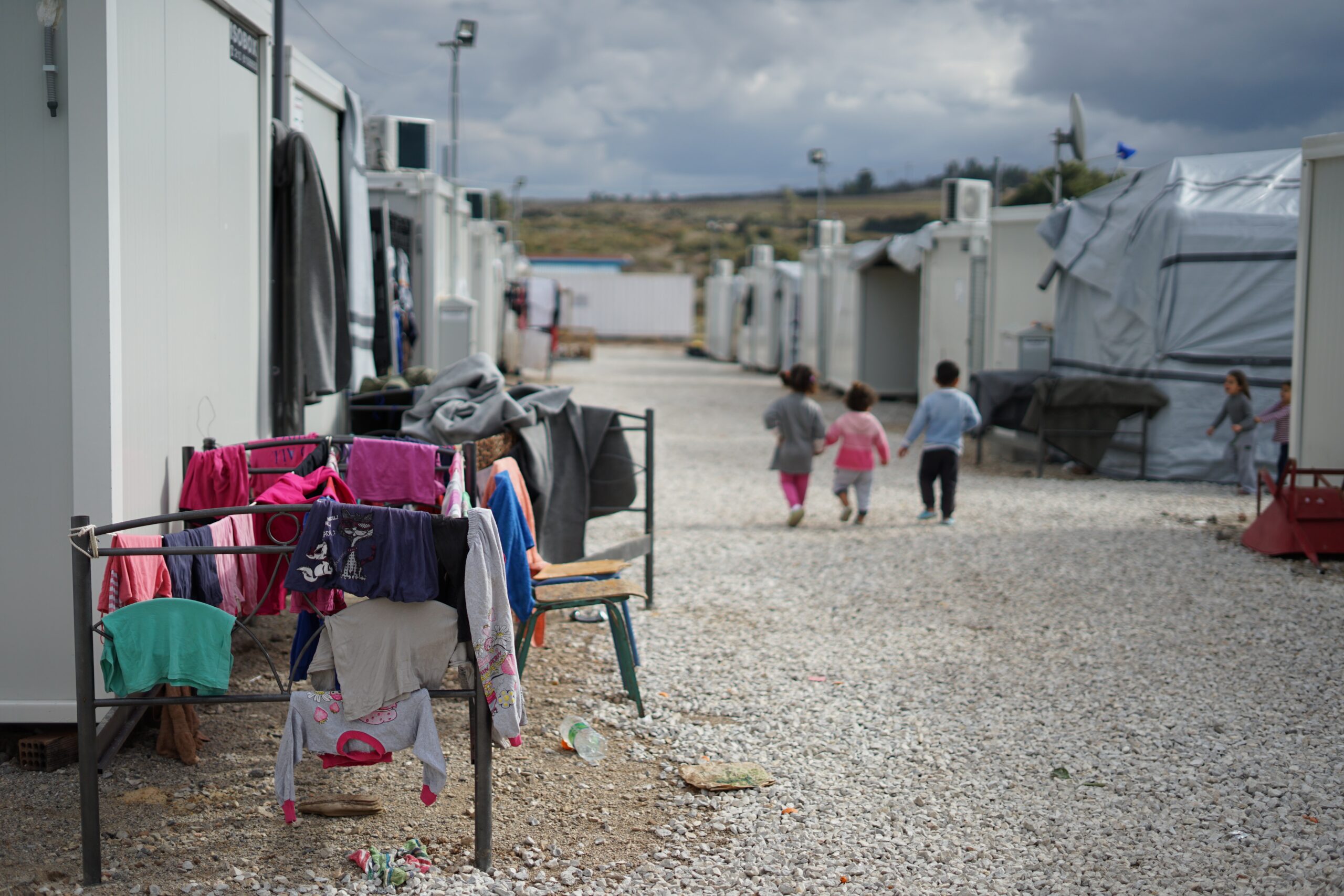
Migrants
Climate change is creating more migrants than refugees fleeing violent conflicts. Most migrants stay within their own country, but some are forced to flee and risk becoming international “illegal migrants.” They face poverty and struggle to find work, risk dangerous journeys and are subject to hostility, discrimination and intolerance.
Example: In 2020, 4 million people were displaced in India due to natural disasters.
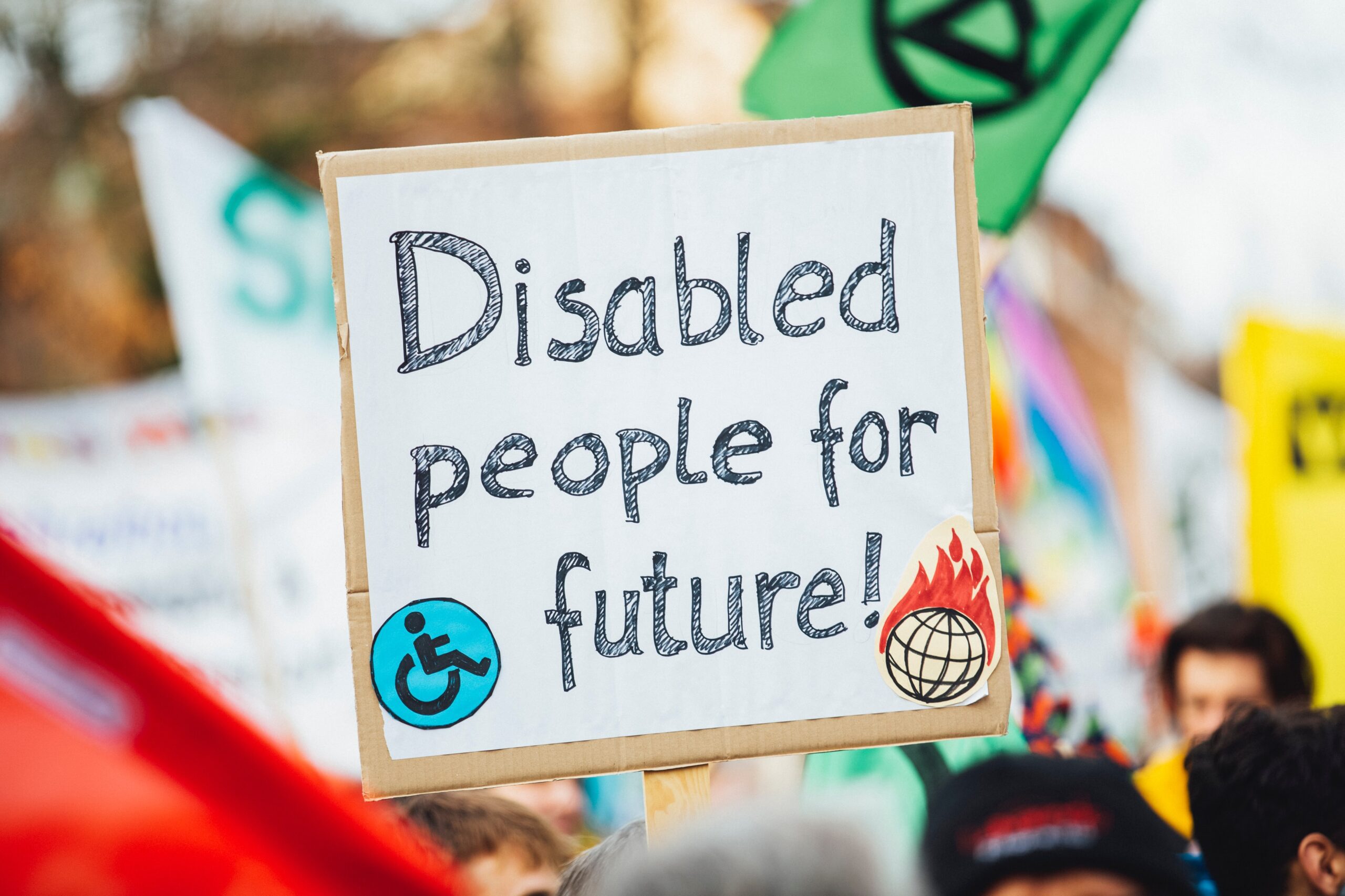
People with disabilities
They are particularly vulnerable to extreme weather events, as their limited mobility and reliance on support make it harder for them to move away. People with disabilities have less access to information and appropriate accommodation and are rarely included in climate discussions.
Example: In 2021, floods in Germany killed 12 residents of a home for people with disabilities.

Minorities
They are already vulnerable due to systematic racism and other socio-political factors and live in high-impacted areas in substandard housing and polluted neighborhoods that lack basic services. Because of exclusion, they are less well equipped to deal with climate disasters and their voices are not heard in the climate discourse.
Example: In 2014, Roma people were disproportionately affected by floods in Bulgaria as they were living in improvised shelters near polluted land.
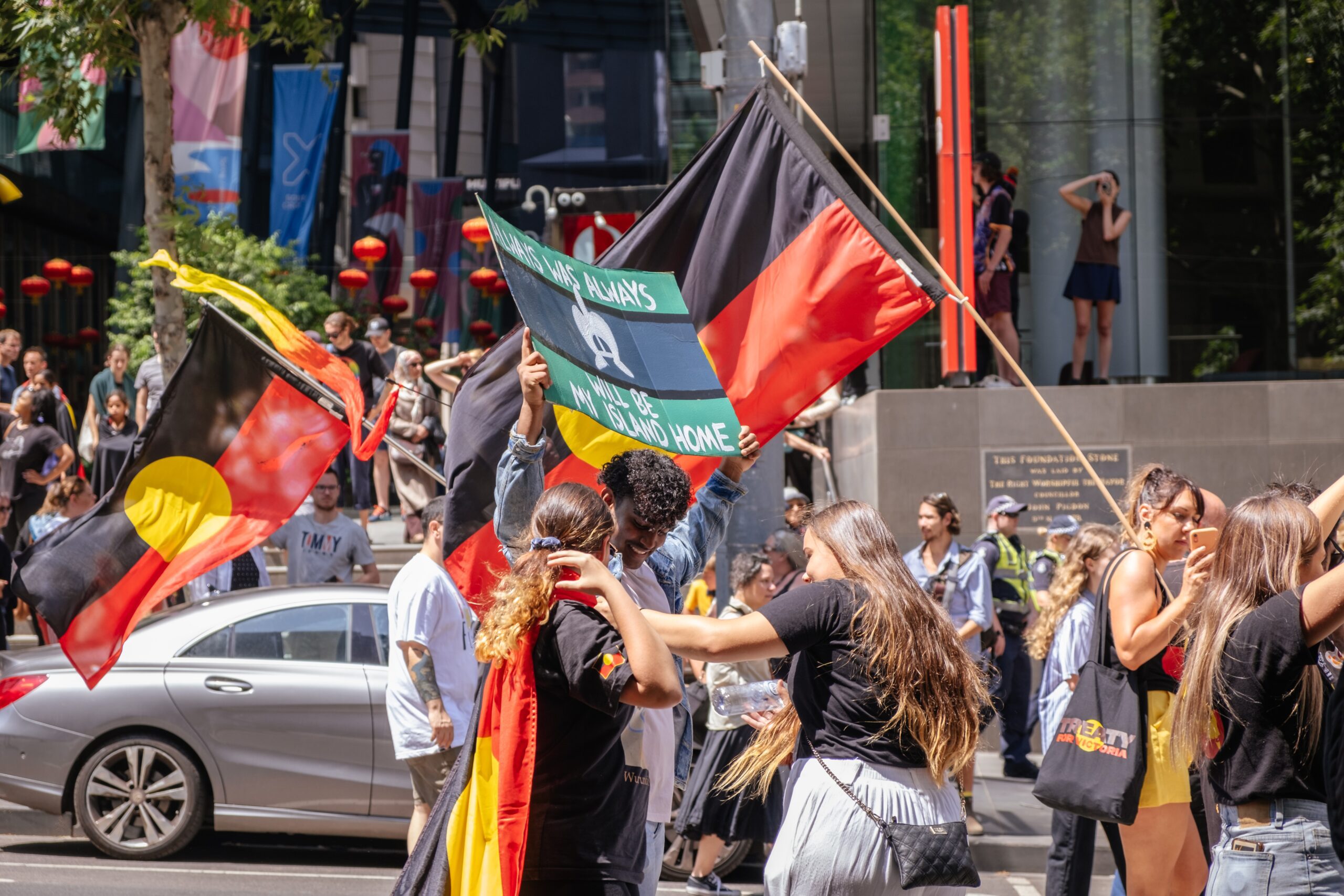
Indigenous people
They are particularly sensitive to climate change impacts due to their close relationship with the environment. They often live in vulnerable areas due to a history of expropriation, land grabbing, and forced evictions, and generally have less influence in decision making at local, national, and international level.
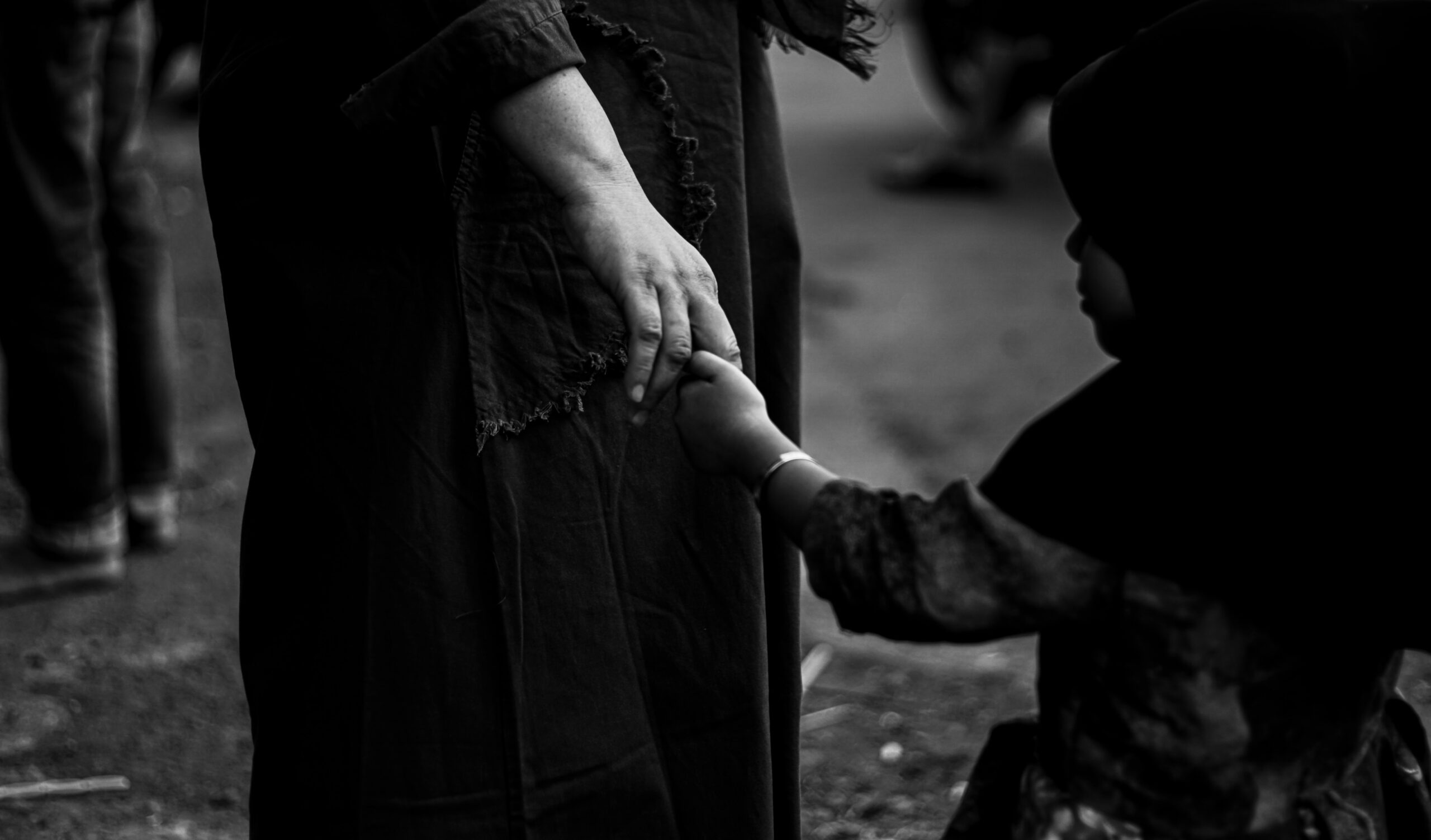
Children and women
They are disproportionately burdened by the climate crisis and will bear the costs in the future. Children will face on average seven times more heatwaves during their lives than their parents. Social, economic, and cultural factors make women and girls especially vulnerable: they are at a greater risk of death or injury by natural disasters, are exposed to violence when displaced, and are at risk of child marriage.
(*) End of the sections created and published by The Climate Reality Project Europe. Photo credit, from top left to right on Unsplash: Parij Borgohain, Julie Ricard, Markus Spisk, Bruno Martins, Johan Mouchet and Ramadhan Azmi.
Climate action = climate justice
In 2015, 197 countries adopted the Paris Agreement acknowledging that “climate change is a common concern of humankind” and that “when taking action to address climate change, (n.d. Parties should) respect, promote and consider their respective obligations on human rights, the right to health, the rights of indigenous peoples, local communities, migrants, children, persons with disabilities and people in vulnerable situations and the right to development, as well as gender equality, empowerment of women and intergenerational equity.”
197 countries.
The world’s leaders came together and made a promise to humanity. Those promises must be kept.
“Solving the climate crisis is within our grasp, but we need people like you to stand up and act.“
Al Gore
A new universal human right: access to a healthy environment
In late July (2022), the UN General Assembly adopted a historic resolution, declaring access to a clean, healthy, and sustainable environment a universal human right.
The UN Secretary-General, António Guterres, welcomed the historic decision adding that the decision will help States accelerate the implementation of their environmental and human rights obligations and commitments. However, “(…) simply affirming our right to a healthy environment is not enough. The General Assembly resolution is very clear: States must implement their international commitments and scale up their efforts to realize it.”
Yesterday (28/7), the UN General Assembly declared access to a clean, healthy, and sustainable environment a universal #HumanRight.
— Sara Giovarruscio (@protegoterra) July 29, 2022
“The newly recognised right will be crucial to tackling the triple planetary crisis.” 1/2#ClimateCrisis #pollution #biodiversity loss
